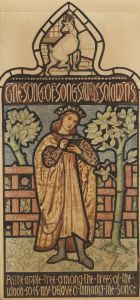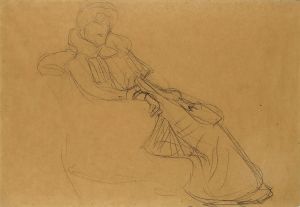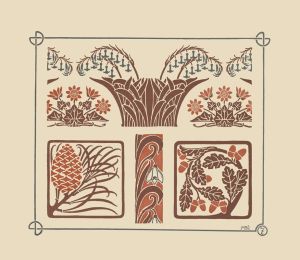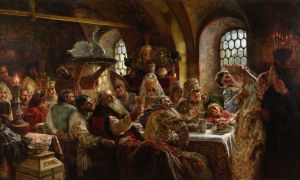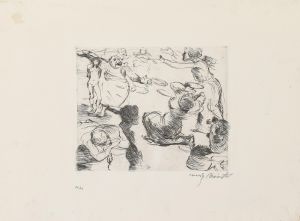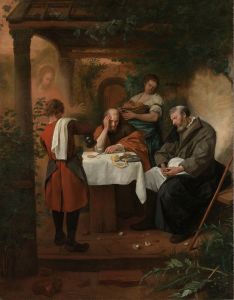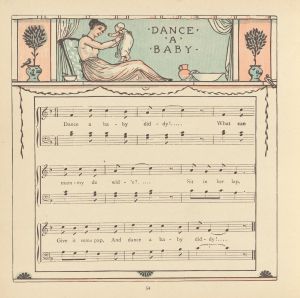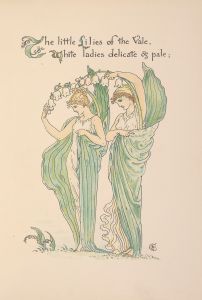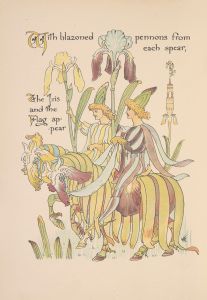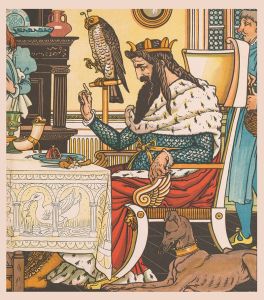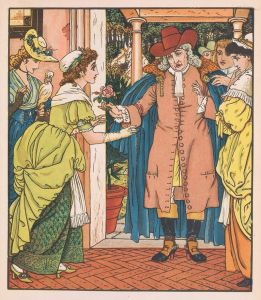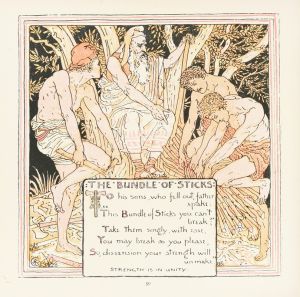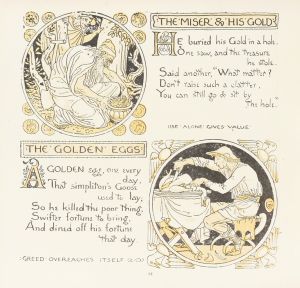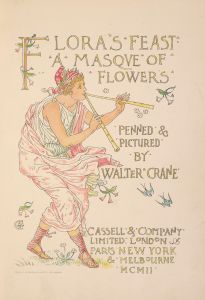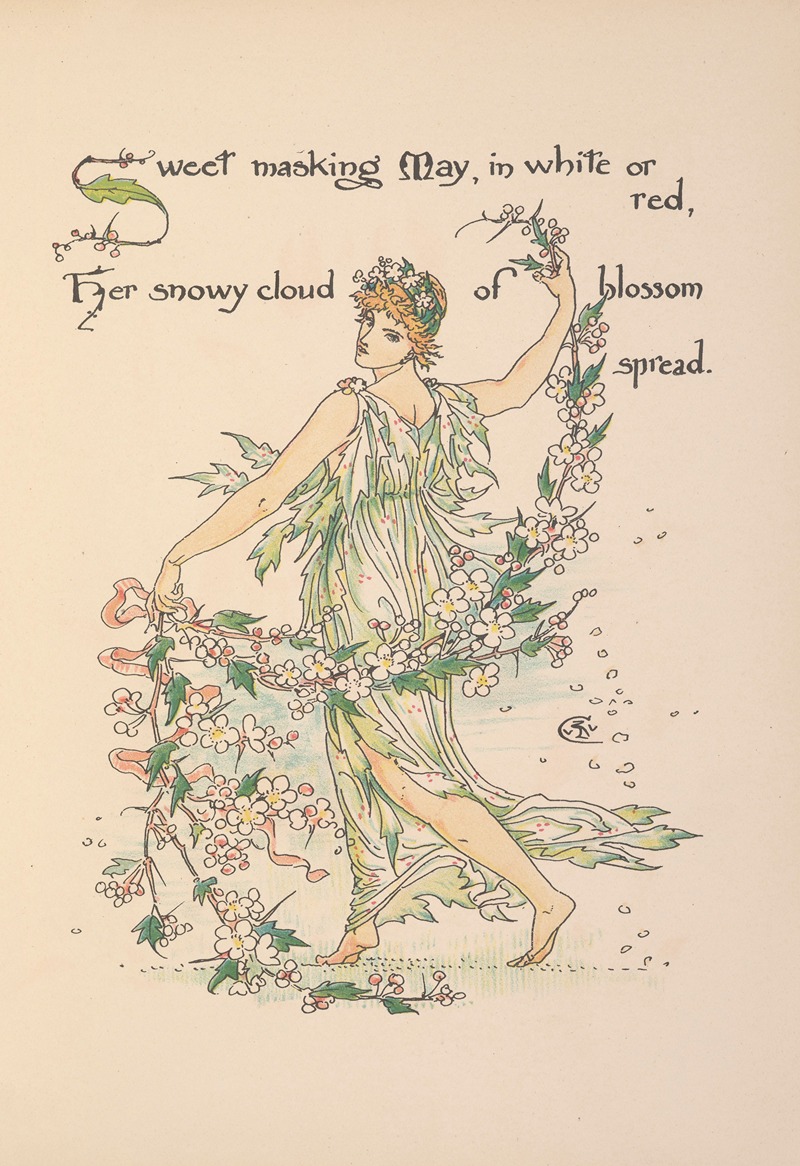
Flora’s feast; A masque of flowers Pl.17
A hand-painted replica of Walter Crane’s masterpiece Flora’s feast; A masque of flowers Pl.17, meticulously crafted by professional artists to capture the true essence of the original. Each piece is created with museum-quality canvas and rare mineral pigments, carefully painted by experienced artists with delicate brushstrokes and rich, layered colors to perfectly recreate the texture of the original artwork. Unlike machine-printed reproductions, this hand-painted version brings the painting to life, infused with the artist’s emotions and skill in every stroke. Whether for personal collection or home decoration, it instantly elevates the artistic atmosphere of any space.
Walter Crane's "Flora’s Feast; A Masque of Flowers" is a notable work of art and literature first published in 1889. This illustrated book is a celebration of flowers, presented as a poetic and visual masque, a form of festive courtly entertainment popular in the Renaissance. The work combines Crane's distinctive artistic style with his poetic text, showcasing his talent as both an illustrator and a writer.
Plate 17 from "Flora’s Feast" is one of the many vibrant illustrations in the book. Each plate in the work depicts anthropomorphic flowers, personified as elegant figures in a procession or dance. These illustrations are rendered in Crane's characteristic Art Nouveau style, which is marked by flowing lines, intricate patterns, and a harmonious blend of natural forms. The figures in Plate 17, like those in the rest of the book, are designed to evoke the beauty and grace of the flowers they represent.
Walter Crane (1845–1915) was a prominent English artist and illustrator, known for his contributions to the Arts and Crafts Movement. He was deeply influenced by the Pre-Raphaelite Brotherhood and the decorative arts of the late 19th century. His work often reflects a commitment to aesthetic beauty and craftsmanship, as well as a desire to make art accessible to a wider audience. "Flora’s Feast" exemplifies these ideals, combining artistic excellence with a playful and imaginative exploration of nature.
The book as a whole is structured as a seasonal journey, with each plate representing different flowers that bloom at various times of the year. This thematic organization underscores the cyclical nature of life and the changing beauty of the natural world. Crane's illustrations are accompanied by his verses, which describe the flowers and their characteristics in a lyrical and whimsical manner.
"Flora’s Feast" was well-received upon its publication and remains a celebrated example of Victorian book illustration. It reflects the era's fascination with botany, mythology, and the decorative arts. The work also demonstrates Crane's mastery of color lithography, a printing technique that allowed for the reproduction of his intricate designs with remarkable fidelity.
While specific details about Plate 17 may not be widely documented, it is consistent with the overall themes and style of the book. Each plate, including Plate 17, contributes to the enchanting and cohesive vision of "Flora’s Feast," making it a cherished work in the history of illustrated books.





